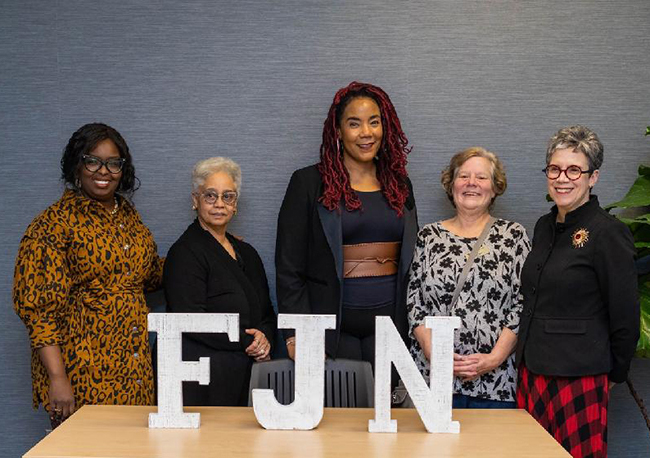WVU Faculty Justice Network honors Yancey for leadership and service
Posted by Monte Maxwell.December 21st, 2022

The WVU Faculty Justice Network has honored Evansdale Library Director Martha Yancey for more than 25 years of outstanding leadership and service to faculty and students.
Yancey has worked for WVU Libraries since 1996. She is also the Access, User Services, and Resource Sharing Librarian, and the subject liaison for African American Children’s Literature, Children’s Literature, Counseling, and Education. She is the Chair of the Open Educational Resources Committee and was instrumental in the creation of the WVU Libraries Diversity Residency Program. She is a former President of the Western Pennsylvania & West Virginia Chapter of the Association of College and Research Libraries and the West Virginia Library Association. In 2014, her research was published in the Journal of Information Literacy.
Though Yancey initially planned to become a public librarian, she worked as a school media specialist and teacher before her career as an academic librarian at WVU. In her free time, she enjoys cooking, gardening, and collecting dishware. Her collection has previously been on display at Evansdale Library.






December 28th, 2022 at 2:12 pm
I so appreciate all of the support I have received from Martha Yancy while a faculty member at WVU she goes above and beyond and deserves as much recognition as one can give her.
Thank you so much for your efforts for me and all the WVU community.
–Professor Lee B. Kass, Plant & Soil Sciences, WVU
March 28th, 2023 at 10:24 pm
I like how this article addresses the purpose of style guides, which is to communicate more effectively to readers. This is helpful for both making stylistic decisions, but as well as for creating or adding to style guides themselves.